
How do you strengthen the immune system, the body’s natural defense against disease and infections, is a very common question. The answers often include regular exercise, an adequate amount of sleep, no smoking or excessive alcohol drinking, and of course, a healthy diet.
However, some of these are probably hard to implement during a pandemic. Stress levels are high and most people are simply trying to manage each day as best as they can. Spending a lot of time planning meals that have all food groups is practically impossible, so individual items that have copious amounts of vitamins, minerals, and antioxidants all in one may come in handy.
24/7 Tempo used the U.S. Department of Agriculture site to determine fall foods, and consulted a clinical nutritionist to identify the best fall superfoods that may help boost immunity.
If you like meat, the good news is that you don’t need to go vegan to support a healthy immune system, according to Liat Nadler, clinical nutritionist at Just Eat Well in Portland, Oregon. “But the best thing you can do is to include whole plant-based foods in your diet on a regular basis.”
“What matters is looking at the big picture,” Nadler said. If you eat a lot of whole foods, don’t worry about the occasional fries or cakes you consume. Conversely, if you eat primarily junk food, the occasional whole food won’t save you, she noted.
Eating the right foods is not rocket science, and superfoods is not a scientific term. It’s a marketing term used to describe foods that are nutritionally dense, although often there are also misconceptions about which fruits and vegetables fit that description. Not all foods are created equal, and you only think some foods are healthy when, in reality, they wreak havoc on your body.
Click here to see 29 fall superfoods that will boost your immune system
To compile a list of 30 fall superfoods that can support the immune system, 24/7 Tempo first identified produce that are in season in the fall according to the United States Department of Agriculture. We then consulted a clinical nutritionist and reviewed several sources, including the National Institutes of Health and online reviews of medical research on the benefits these fruits and vegetables offer.

1. Sweet potatoes
Sweet potatoes are an excellent source of beta-carotene, which is found in orange-colored foods. The body converts the provitamin (a substance that is converted into a vitamin) into vitamin A, which helps boost the immune system, as well as eye health. It also helps reduce damage from free radicals and keeps the skin healthy — skin is one of the first organs to fight off infection. “Be sure to include the skin [of the sweet potato],” Nadler said. “It’s the richest part of the vegetable when it comes to nutrition.”
[in-text-ad]
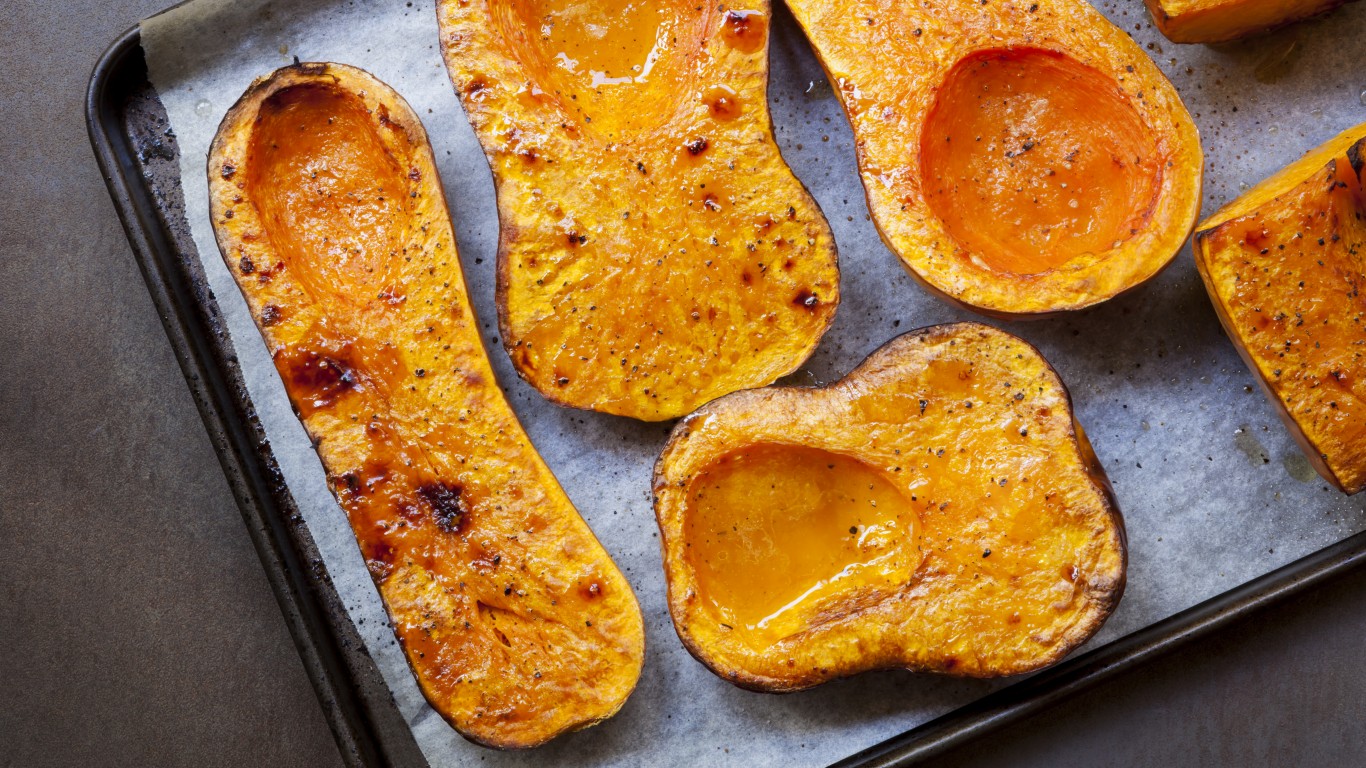
2. Butternut squash
Being orange, butternut squash, commonly referred to as a vegetable even though it’s a fruit, is a great source of beta-carotene, according to Nadler. It’s also a good source of vitamin C, which helps support the immune system. As an antioxidant, vitamin C helps fight free radicals in the body and some early research has suggested it may help reduce the risk of some cancers.
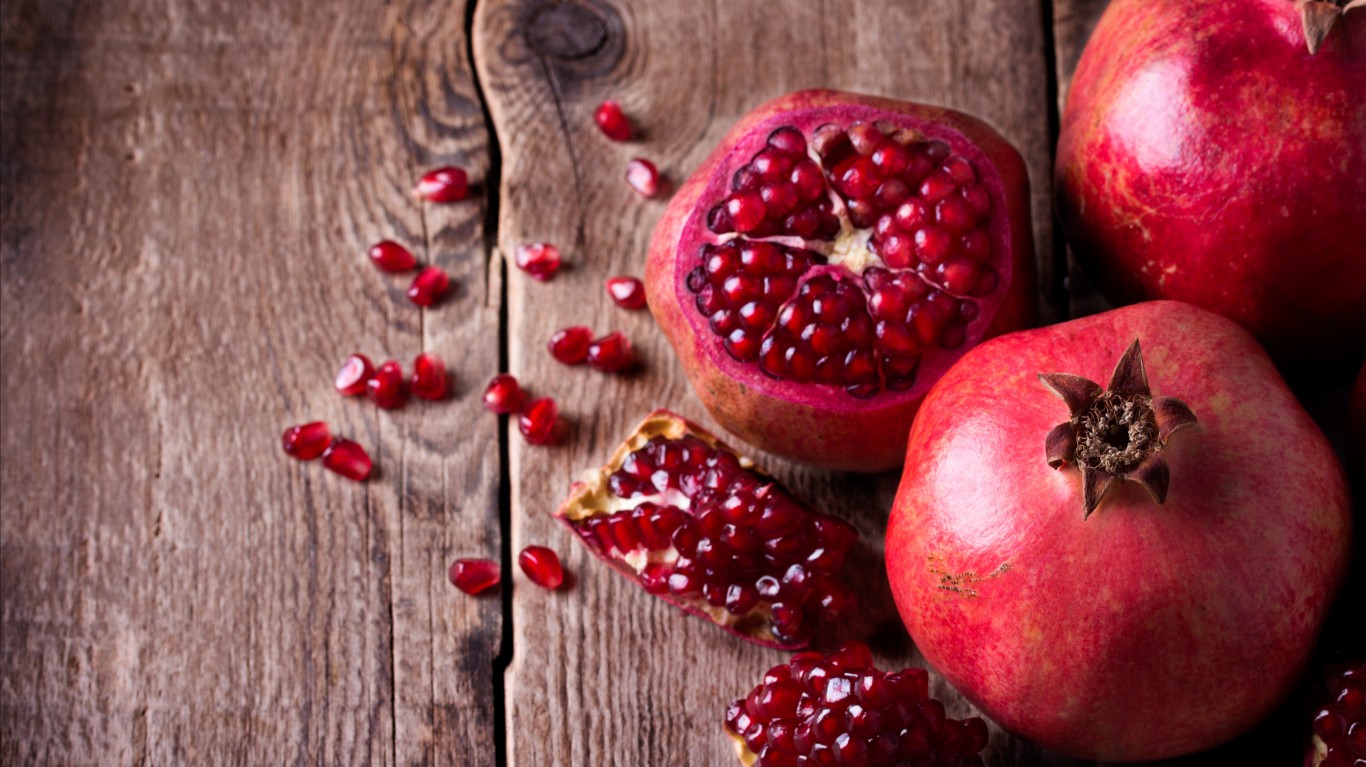
3. Pomegranates
Pomegranates have an abundance of antioxidants that can help reduce inflammation in the body. Juice from the fruit has more than 100 phytochemicals, which are cancer-fighting naturally occurring plant chemicals. Early research has linked chemicals in pomegranate juice to slowing the hardening of the arteries and possibly reducing the risk of developing cancer.
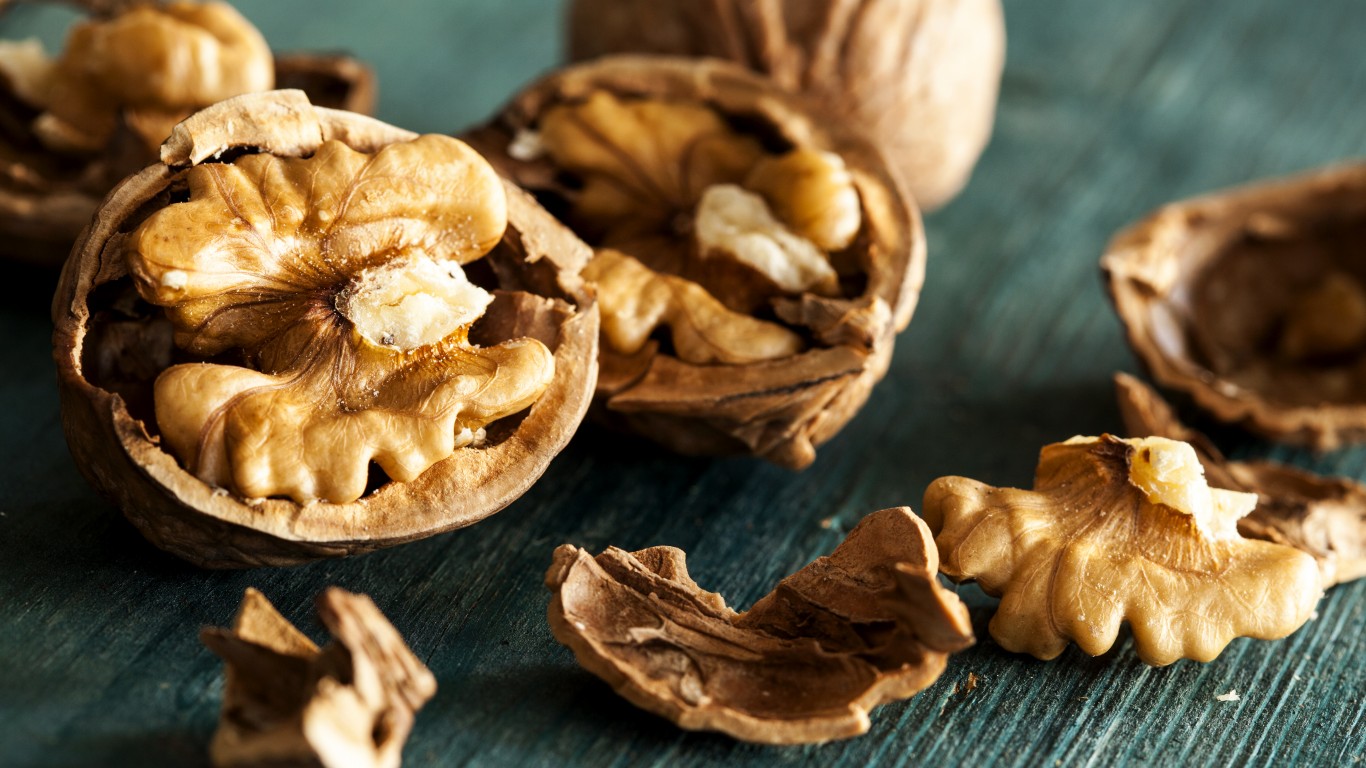
4. Walnuts
Walnuts are rich in omega-3 fatty acids, commonly referred to as “healthy fat,” Nadler explained. They play an important role in reducing bad cholesterol and keeping the nervous system healthy, she added. The good fat may boost the immune system by enhancing the function of immune B cells, which are key in producing disease-fighting antibodies. Walnuts are also rich in important minerals such as magnesium, manganese, and zinc, and they contain a lot of protein, Nadler added.
You only need a handful of walnuts a day to get all the necessary nutrients, according to Nadler. A whole cup is too much as they are high in calories, she noted.
[in-text-ad-2]
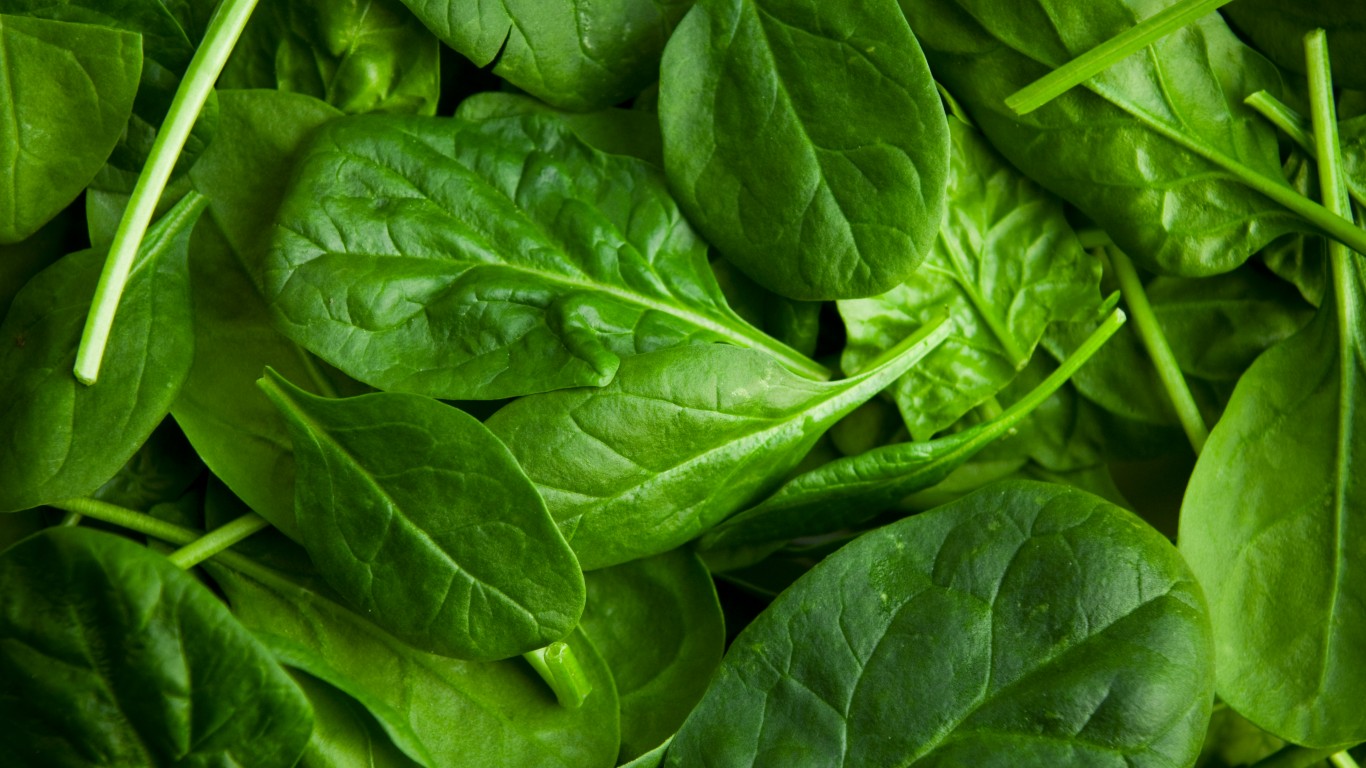
5. Spinach
Even though spinach doesn’t have as much iron as most people think, it’s still a superfood that should be present in one’s diet, Nadler said. It’s high in chlorophyll, which may have anti-cancer and anti-carcinogen effects, Nadler added. Spinach also reduces inflammation and is rich in zinc, which is important for healing wounds.

6. Cauliflower
Cauliflower is best eaten raw if you want to get 100% of the abundance of vitamin C that it offers, Nadler said. It’s high in fiber, which helps digestion, and vitamin B, too.
[in-text-ad]
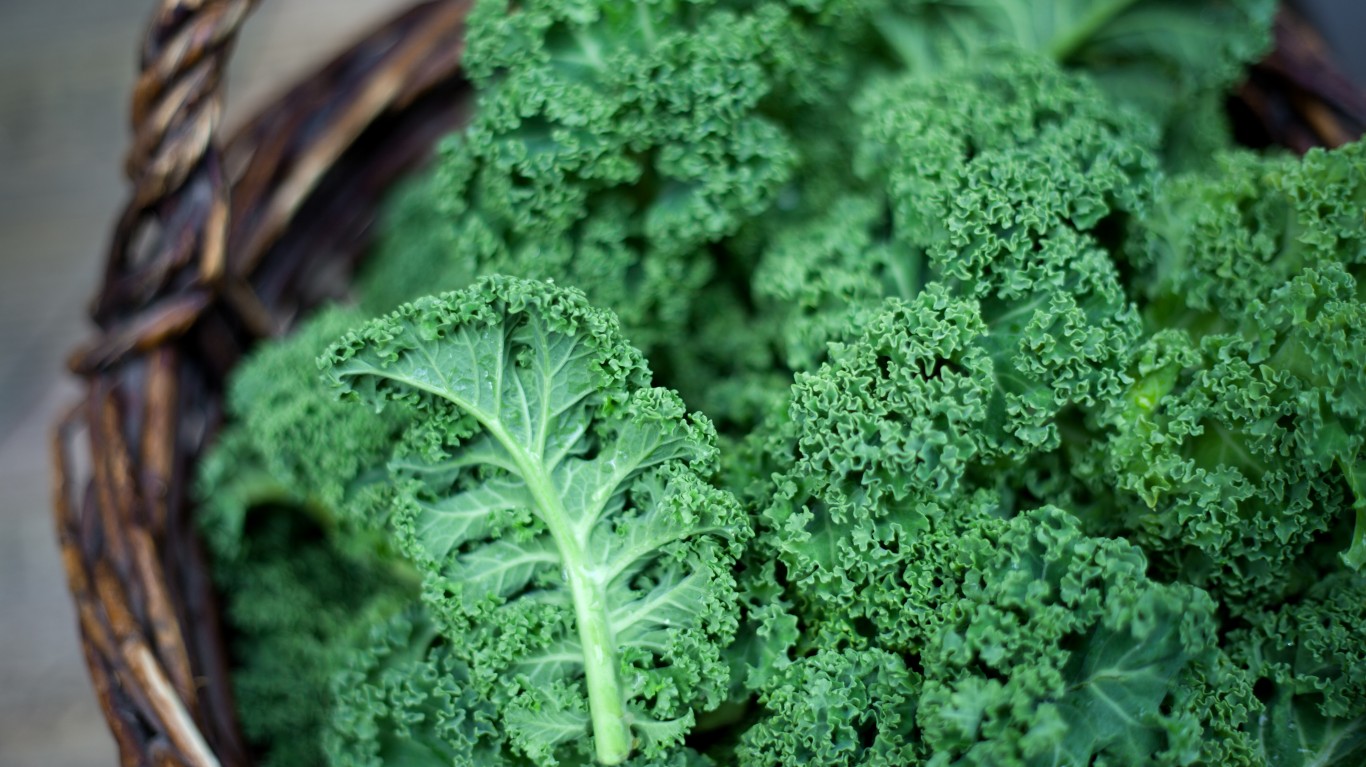
7. Kale
Kale is loaded with flavonoids, which research suggests may have anti-inflammatory, anti-diabetic, anti-cancer, and neuroprotective activities. The leafy green vegetable is also rich in organosulfur compounds, which are important for gut health, according to Nadler.
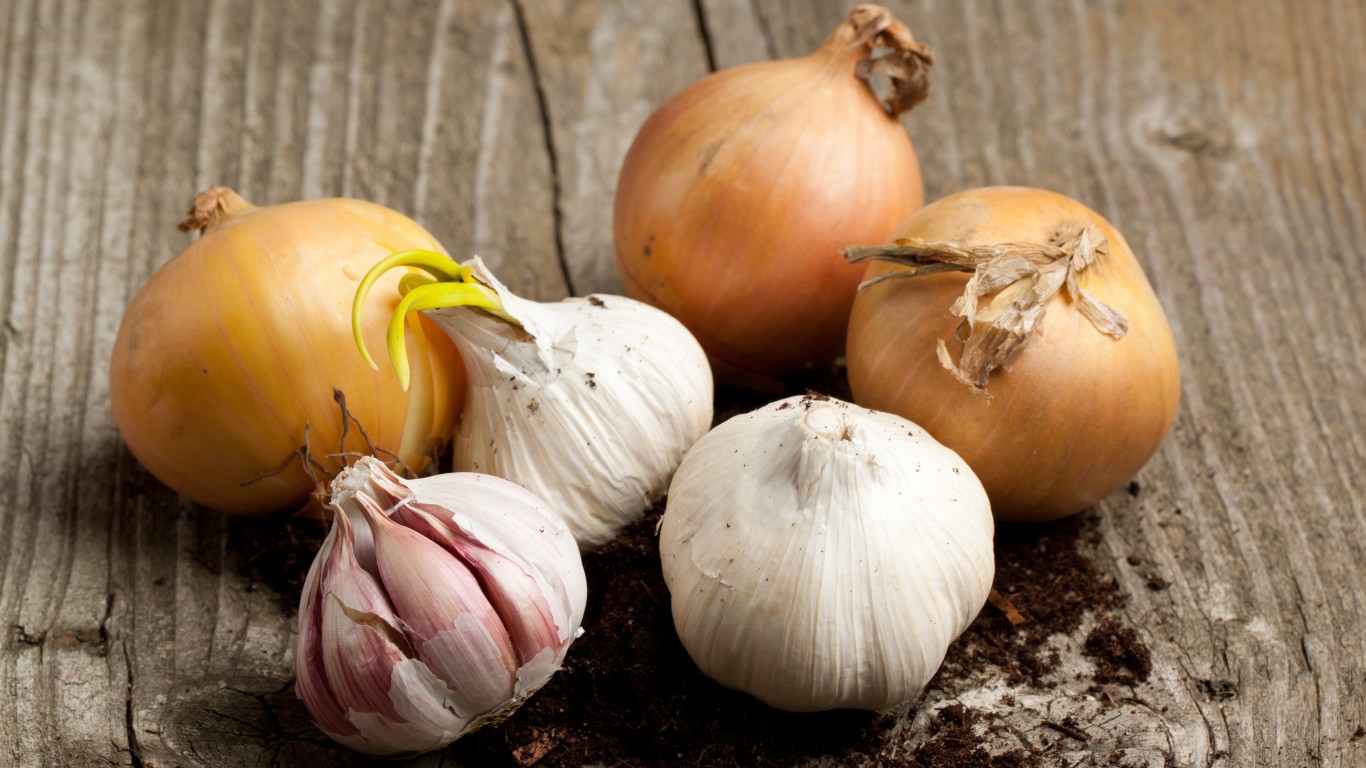
8. Garlic and onion
Garlic and onion are in the same family of allium genus, Nadler said. They act as an anti-inflammatory and are rich in fiber, she added. The key is to eat garlic raw, according to Nadler. When crushed, it releases an enzyme called allicin, which has antiviral and antimicrobial properties. However, for this to work, you have to wait about 10 minutes before eating the garlic. That’s how long it takes for the allicin to bond with other enzymes in the garlic in order to to get activated, Nadler noted.

9. Leeks
Leeks are an excellent source of manganese and vitamin K. Some studies have suggested vitamin K may help keep bones strong and reduce inflammation. It is also important for the regulation of various cellular functions. Some proteins that help blood to clot depend on vitamin K to function.
[in-text-ad-2]
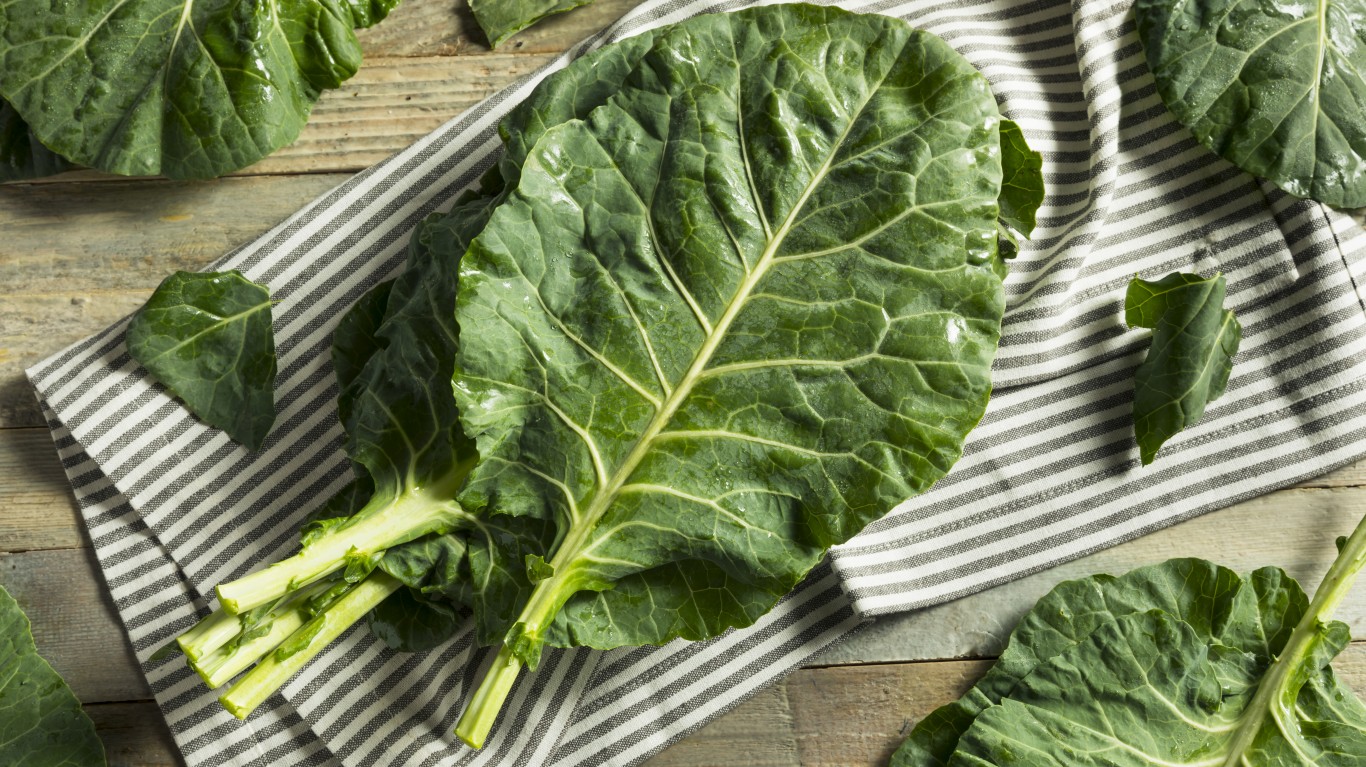
10. Collard greens
As is the case with many cruciferous vegetables, collard greens are rich in nutrients and contain few calories. They contain several nutrients that have anti-inflammatory properties and may even help prevent inflammation at an early stage. Some research suggests that steamed collard greens may help reduce bad cholesterol levels in the blood even more than in their raw state.

11. Broccoli
Broccoli is rich in sulforaphane, a potent compound that may help protect against some cancers. It may also lower the risk of heart disease. The green vegetable is also a good source of vitamin E, which can help reduce inflammation. Animal studies suggest that broccoli may contain certain proteins that help regulate the cells of the immune system.
[in-text-ad]

12. Red bell peppers
“Red bell peppers are a real superfood,” Nadler said. “[They have] every micronutrient you want – protein, healthy carbs, vitamins, and minerals,” she noted. “You can only benefit from eating [red bell peppers], and they’re low in calories.” One cup of red bell peppers contains a higher amount of beta-carotene than other bell peppers and provide 157% of the recommended daily value of vitamin C. Red bell peppers are a good source of provitamin A (beta-carotene).
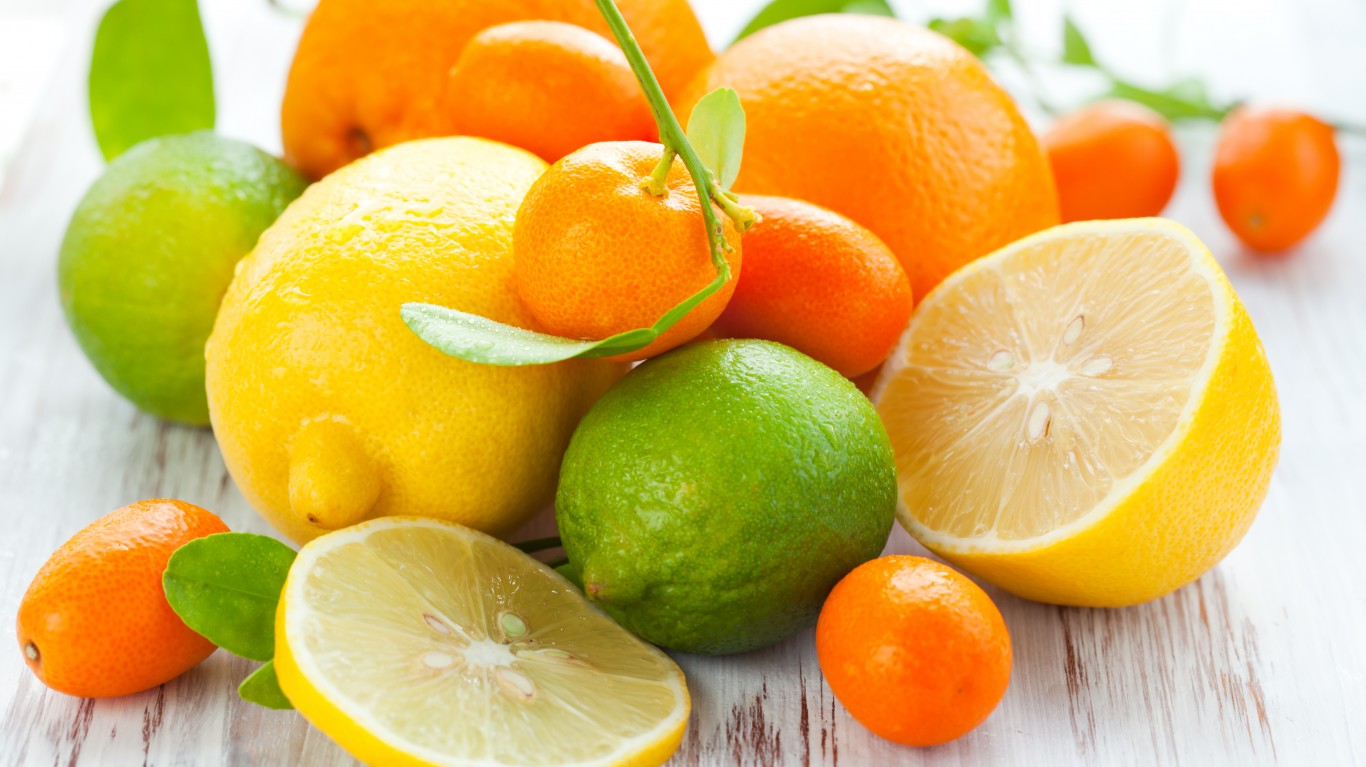
13. Citrus fruits
All fruits in the citrus family have health benefits, for the winter too, Nadler said. They are rich in vitamin C and fiber. But citrus fruits should be eaten in their natural form and not consumed in juice form because then all the fiber is lost and sugar is the only thing left, she noted. Vitamin C helps fight free radicals in the body and supports protein metabolism and immune function.

14. Mushrooms
Some people think white mushrooms have no nutritional benefits because of the white color, but this can’t be farther from the truth, Nadler said. White, in fact, reflects all colors, she added. You’re basically “eating the rainbow” when you consume mushrooms. They are packed with fiber, protein, B vitamins, selenium, potassium, and copper. Some mushrooms are also rich in vitamin D, Nadler added.
[in-text-ad-2]
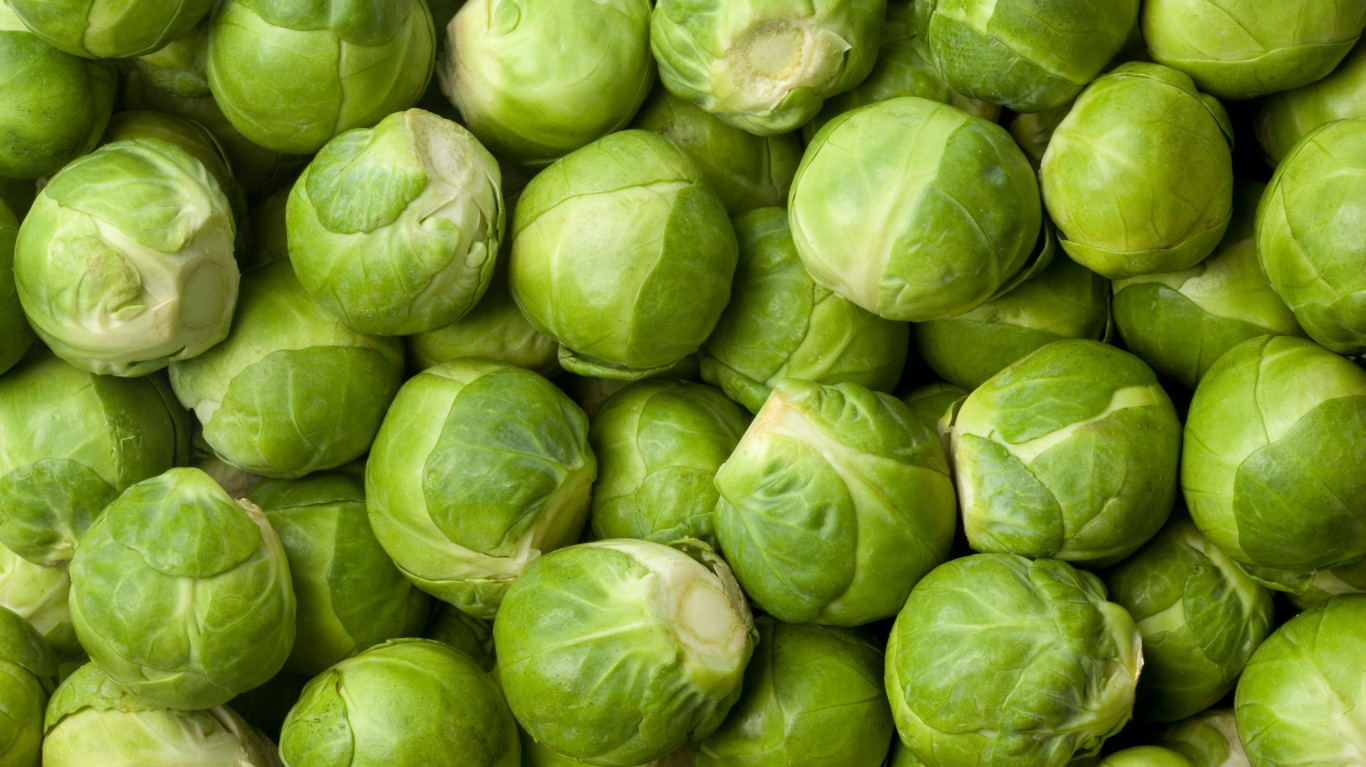
15. Brussel sprouts
Brussels sprouts are rich in fiber, many vitamins, including the essential vitamin C, and minerals. The green vegetable, a member of the cabbage family, is also important for blood and bone health because they are rich in vitamin K as well. Brussels sprouts are full of antioxidants, which may help reduce cell damage in the body.
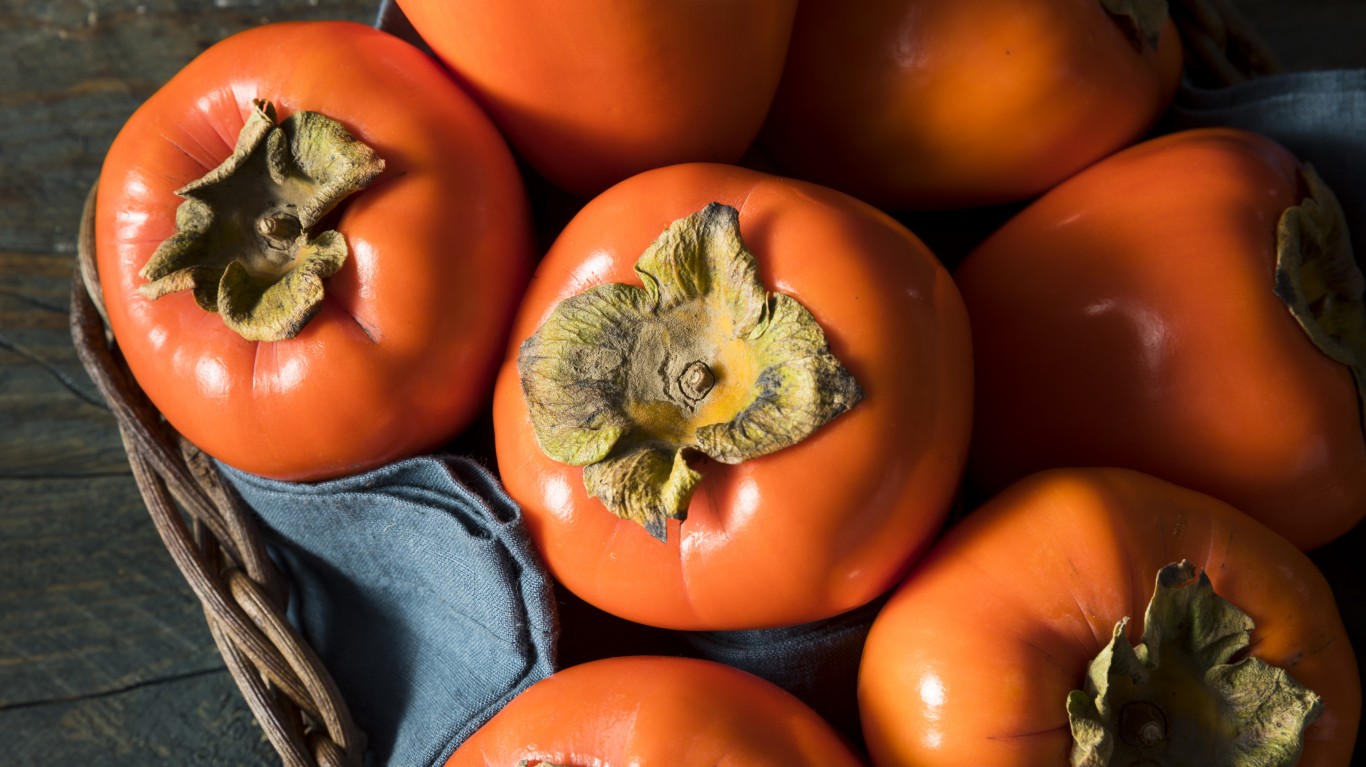
16. Persimmons
Persimmons, a sweet type of berry, contain dietary fiber and are a good source of vitamin C. The latter may help boost the immune system by helping cells and tissues grow and repair. Permissions are also a good source of vitamin A, also key in supporting the immune system.
[in-text-ad]
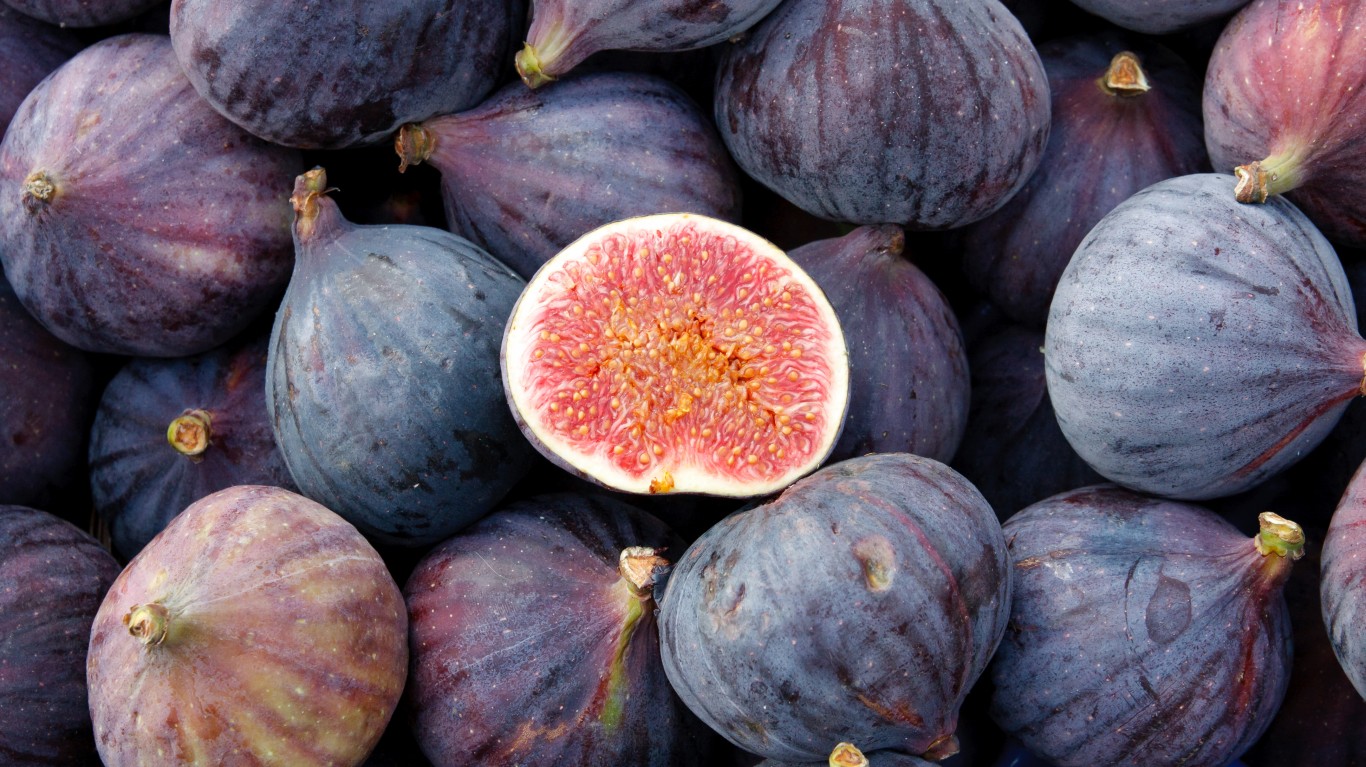
17. Figs
Fresh figs are not easy to find in stores as they have a short shelf life. The fruit is a good source of potassium, which helps control blood pressure, Nadler said. It’s also rich in dietary fiber, calcium, and manganese, she added. But make sure you consume the fruit in its natural form so you don’t lose the vitamin C and other antioxidants it contains, Nadler explained. Dry figs have too much sugar.
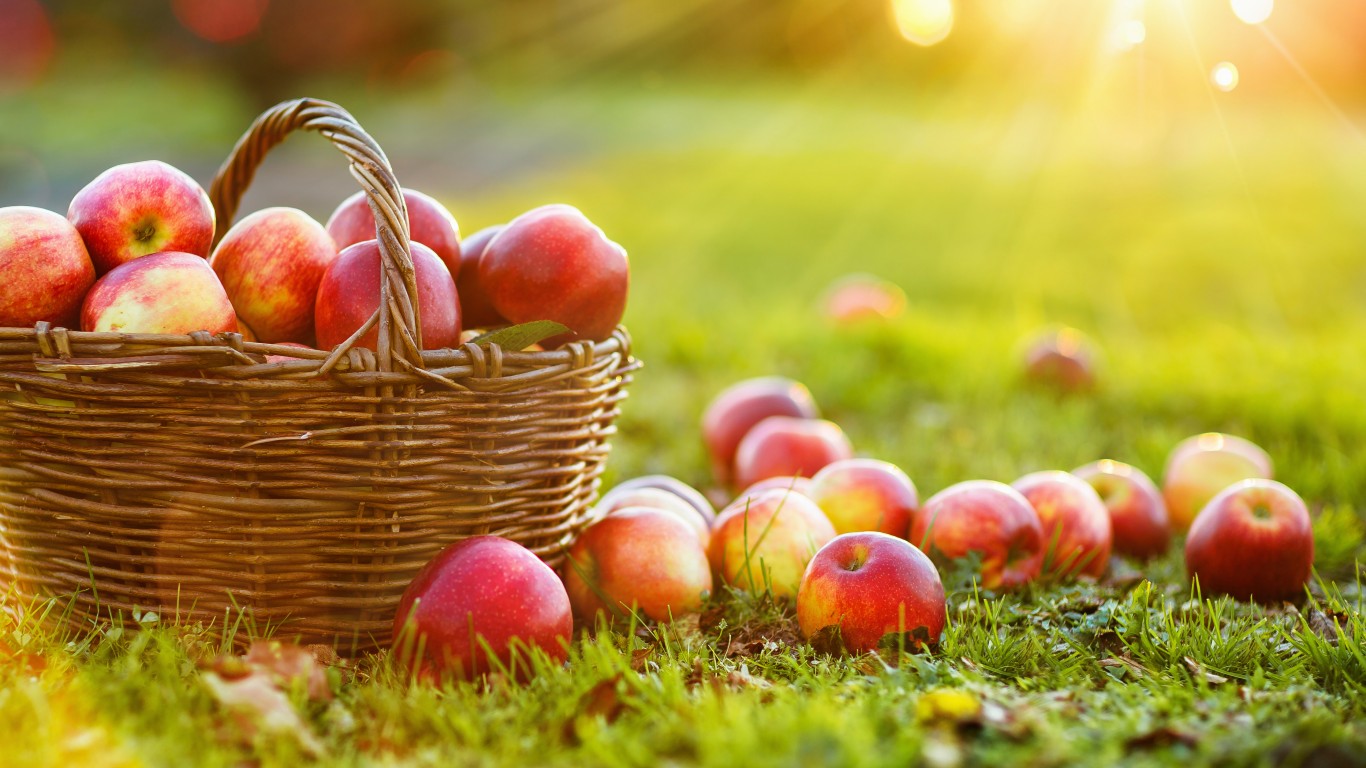
18. Apples
“An apple a day keeps the doctor away” goes the saying. Just opt for organic apples whenever you can, Nadler said. Otherwise, you may be consuming pesticides as well. Apples are among the most contaminated foods on the market, according to agricultural activist group Environmental Working Group’s 2019 “Dirty Dozen” report. Apples are a rich source of phytochemicals (chemicals produced by plants) and some studies have linked the fruit to reduced risk of some cancers, cardiovascular disease, asthma, and diabetes. Apples also act like antioxidants, which some research suggests can help remove carcinogens from the body.
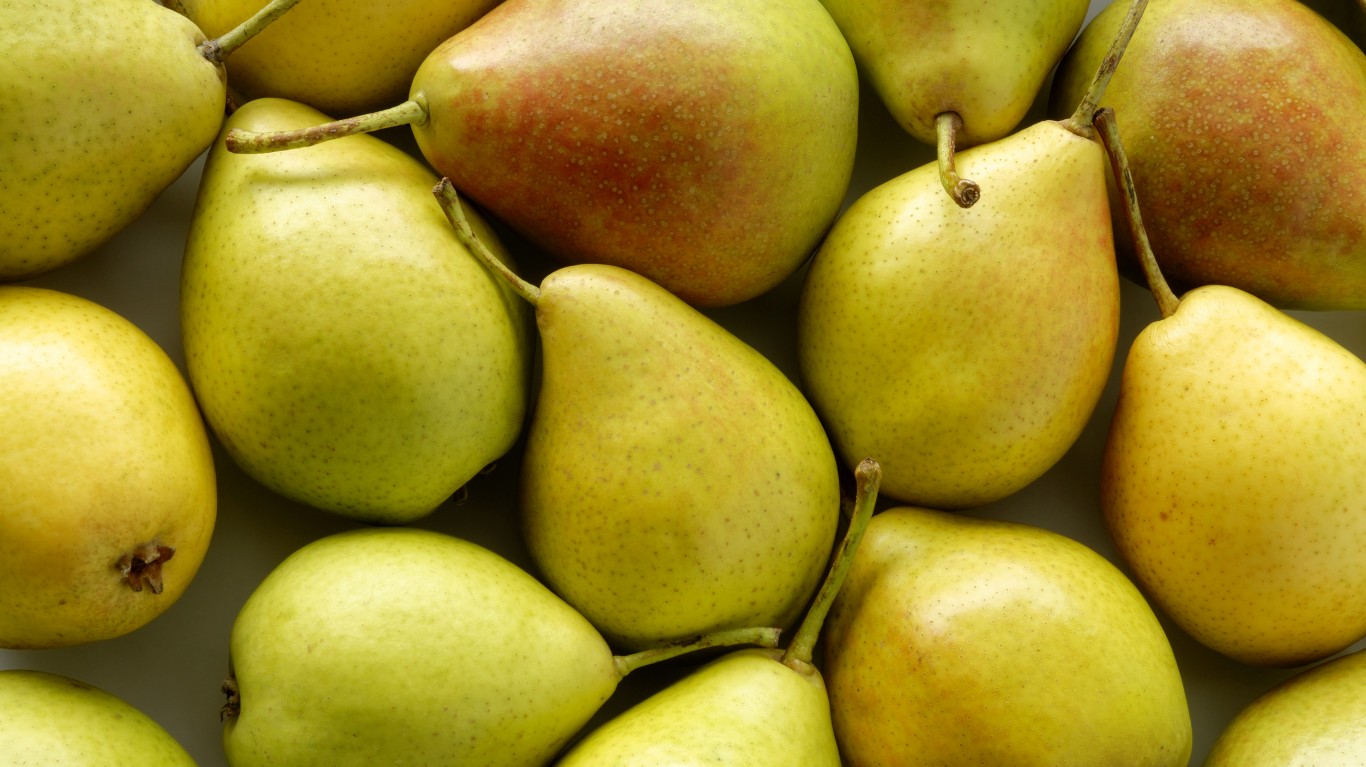
19. Pears
Pears are rich in antioxidants like vitamins C, K, and copper, all of which can help the body get rid of free radicals that damage cells. These antioxidants, as well as the potassium in pears, are more concentrated in the skin of the fruit. The high content of dietary fiber in pears makes the fruit ideal for gut health. Red skin pears are especially rich in flavonols and carotenoids, which have antioxidant properties and can help protect from sun damage.
[in-text-ad-2]

20. Cranberries
The can of cranberries you get for Thanksgiving is not the superfood on this list. The fruit in its natural form is. Fresh cranberries are high in vitamin C and antioxidant content, according to Nadler. Cranberries have long been known to boost urinary tract health, but recent studies have suggested the fruit is also important for boosting the immune and cardiovascular systems due to its antioxidant and anti-inflammatory functions.

21. Green beans
Fresh green beans are loaded with nutrients. They are especially rich in vitamin K, which is important for bone strength, with just one cup containing about 155% of the needed daily amount. Green beans are rich in vitamin A, which helps support the immune system because of its high carotenoids content. Carotenoids are important antioxidants that may help protect the heart and may reduce the risk of heart disease and cancer.
[in-text-ad]

22. Pumpkin
Pumpkin and fall go hand in hand. They make wonderful Jack-o’-lanterns, but they make an even better snack. Naturally sweet, they are loaded with potassium — good for kidney, muscle, and heart health — and vitamins, especially A — essential for eye health — beta carotene and vitamin C, both of which can help boost the immune system. Beta carotene can also help the skin stay smooth and may slow down skin aging.

23. Pineapple
Pineapples contain bromelain, an enzyme mixture that is sometimes taken as a supplement because it may help reduce sinus problems. Bromelain also helps get rid of cytokines, which are inflammatory immune cells. Even though pineapples are not citrus fruits, they are packed with vitamin C.

24. Swiss chard
Swiss chard is a nutritionally dense green leaf vegetable. Just one cup of it – about the size of standard salad – gets you more than three times the recommended daily amount of vitamin K, which is studies suggest it may be important for cardiovascular health and bone metabolism. Don’t add salt to it, however, as it already has 103 mg a cup, which is about 5% of the daily allowance.
[in-text-ad-2]

25. Beets
Beets are good for kidney and liver health, Nadler said. Beets contain betaine, an amino acid, which can help reduce inflammation and perhaps help reduce bad cholesterol, Nadler noted. Some research suggests that beets may also help protect the heart by preventing the buildup of homocysteine in the blood. High levels of homocysteine increase the risk of heart disease.

26. Green peas
Green peas are an excellent source of iron and folate. When it comes to the immune system, iron helps with immune cell proliferation, especially when they have to fight an infection. Folate may help prevent changes in DNA, possibly reducing the risk of developing cancer. Folate deficiency has been found to impair immunity in some animal studies.
[in-text-ad]
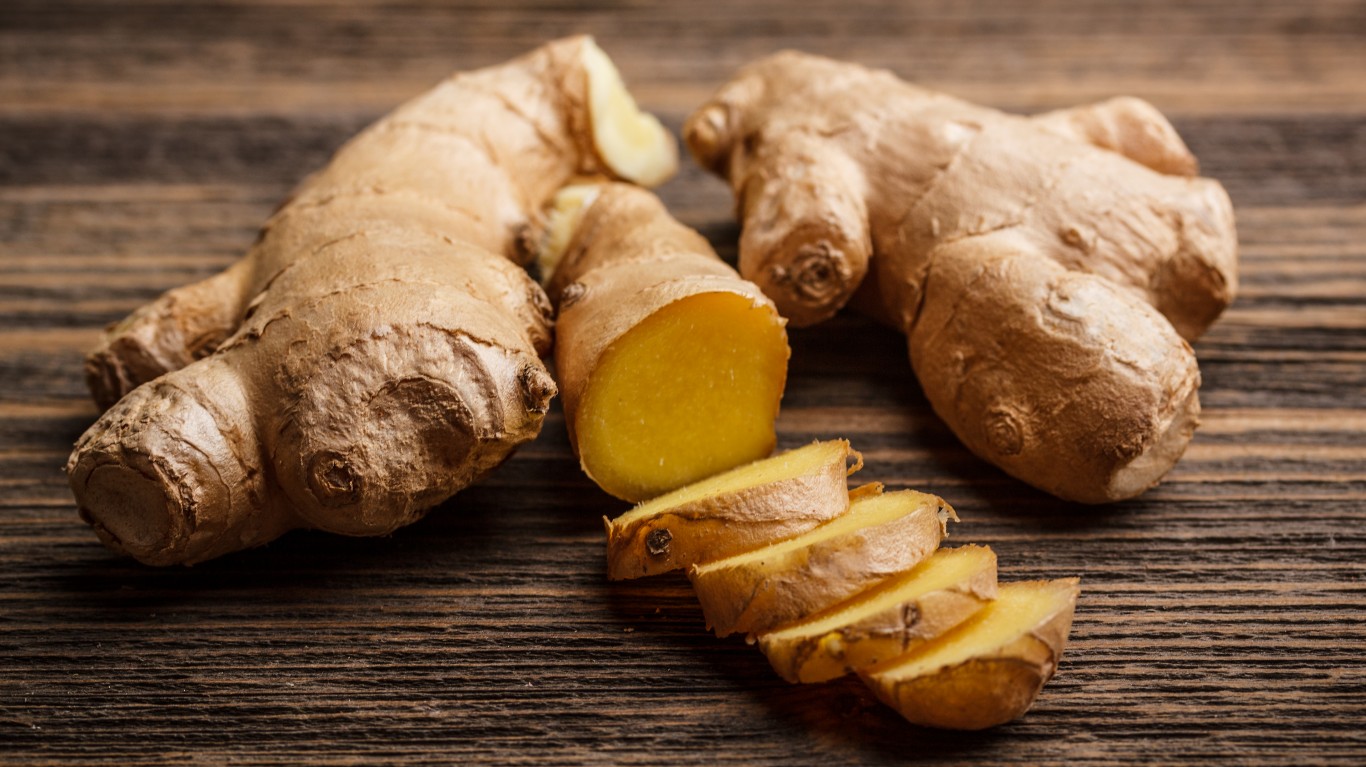
27. Ginger
People either love or hate ginger, but even those who stay away from it may want to consider consuming it every once in a while. It may reduce the risk for cancer and alleviate nausea. It may help reduce pain as well because of its anti-inflammatory properties. Ginger may also help control blood sugar in people with type 2 diabetes. Ginger has antimicrobial properties. The spice is also used in teas to ease cold symptoms.

28. Carrots
Carrots are known for protecting the eyes because of their high amount of vitamin A, which also may help reduce the risk of cancer. Carrots are rich in fiber, antioxidants, potassium, and vitamin C, too. They also have a more practical use – they help clean the teeth and gums by cleaning plaque and freshening the breath.
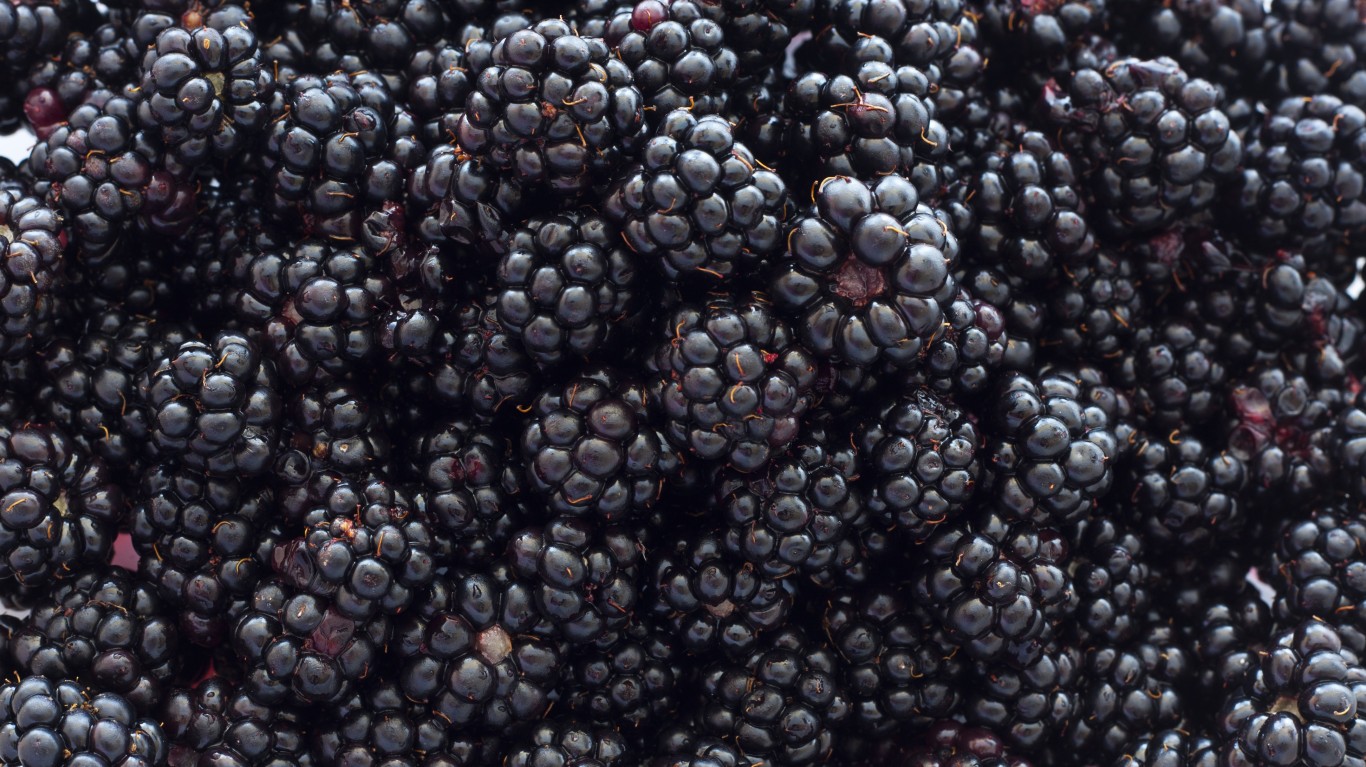
29. Blackberries
If there were a list of “ultimate superfoods,” blackberries would be on top of it, according to Nadler. Blackberries are low in sugar and high in fiber and plentiful of antioxidants, she said. They are full of manganese and many vitamins and minerals. They are loaded with flavonoids, polyphenols, and cancer-fighting ellagic acid.
Want to Retire Early? Start Here (Sponsor)
Want retirement to come a few years earlier than you’d planned? Or are you ready to retire now, but want an extra set of eyes on your finances?
Now you can speak with up to 3 financial experts in your area for FREE. By simply clicking here you can begin to match with financial professionals who can help you build your plan to retire early. And the best part? The first conversation with them is free.
Click here to match with up to 3 financial pros who would be excited to help you make financial decisions.
Thank you for reading! Have some feedback for us?
Contact the 24/7 Wall St. editorial team.
 24/7 Wall St.
24/7 Wall St. 24/7 Wall St.
24/7 Wall St.